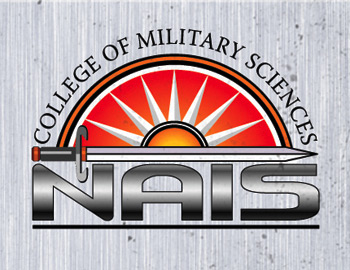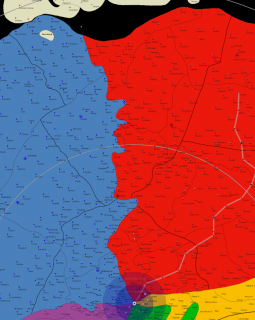Category: "Locations"
RASALHAGUE Military District
Once the PRINCIPALITY OF RASALHAGUE, the Rasalhague (sometimes Alshain) Military District forms part of the vast border between the Draconis Combine and the Lyran Commonwealth. Solward lies the Dieron District, the other keystone in the defense against the Steiner dogs. Beyond Rasalhague lies the Benjamin and Pesht districts, the glittering heart of the Combine.
Greatly simplified overview of the prefectures of Rasalhague [neighboring districts shown]:
[PERIPHERY]
KIRCHBACH TRONDHEIM [PESHT)
RADSTADT ALSHAIN [PESHT)
RUBINGEN [BENJAMIN]
[DIERON] [BENJAMIN]
[SOL/TERRA]
While many of the core worlds of Rasalhague were originally settled by people from the Scandinavian countries, it would be wrong to call current day Rasalhague "Scandinavian". So many centuries have passed since the Combine absorbed Rasalhague, that there is no cultural difference between this district and say Pesht or Benjamin. Only on some worlds does the dream of "independence" continue to linger, in no small part thanks to Lyran clandestine ops. Finally there are many worlds with no Scandinavian heritage at all, having been settled by other peoples. In Kirchbach and elsewhere, for example, there are strong Arabic traditions dating back nearly a thousand years. Quite a few border worlds once belonged to the Lyran Commonwealth, having been conquered by the Dragons of ages past.
NEW AVALON INSTITUTE OF SCIENCE (NAIS)
The NAIS is the Federated Sun’s most prestigious center of higher learning. In addition to traditional academic pursuits, the NAIS is a premier researcher of lostech, and works closely with the AFFS on many projects.
GM notes: In this campaign NAIS isn’t something invented by Hanse Davion to magically process repositories of lostech data conveniently landing in his lap. Instead it’s more like Oxford, but with close ties to the industrial-military complex. On occasion the NAIS actually manages to recover some lostech, and the have been known to engineer some reasonably successful new mech variants from time to time.

A SPHERE IS A SPHERE IS A SPHERE
Despite the map being flat, the Inner Sphere is a 3D sphere, with an average radius of about 500 light years from Terra. This volume of space contains more than TWO MILLION stars. About 2000 of those stars have a major human presence, which means that about 1 in 1000 star systems are settled.
Generally speaking, the further you get from Terra, the more sparsely populated space is. So within 100-150 ly of Terra you might almost always find more than one settled planet within jump range, that’s far from the case near the nebulous edge of the Periphery.
Speaking of the Periphery: if you make the sphere bigger by including the near Periphery, there are suddenly about 5 million stars, but perhaps only 2500 settled worlds. There would be even more, but the galactic disk is only about 1000 ly thick, so the sphere is no longer a true sphere, but more like a discus.
If you want to include all of the Deep Periphery, say any region ever tenuously explored by humans, out to about 1500 ly, that’s a cool 20 million star systems. Who knows, maybe the descendants of Kerensky are out there, somewhere. Or maybe they we simply swallowed up by the endless dark ocean between the stars?
And humans had only barely begun to venture into the galaxy by the time the Star League came crashing down. Billions more stars await…
GM note: So space is 3D. No surprise there. But the map is 2D. And it stays that way. Let’s just keep the 3D aspect vague. The map doesn’t necessarily show a star’s exact spatial location, but its position relative to nearby stars within jump range. That’s what is important for us.


 11/23/18 12:21:00 pm,
11/23/18 12:21:00 pm,